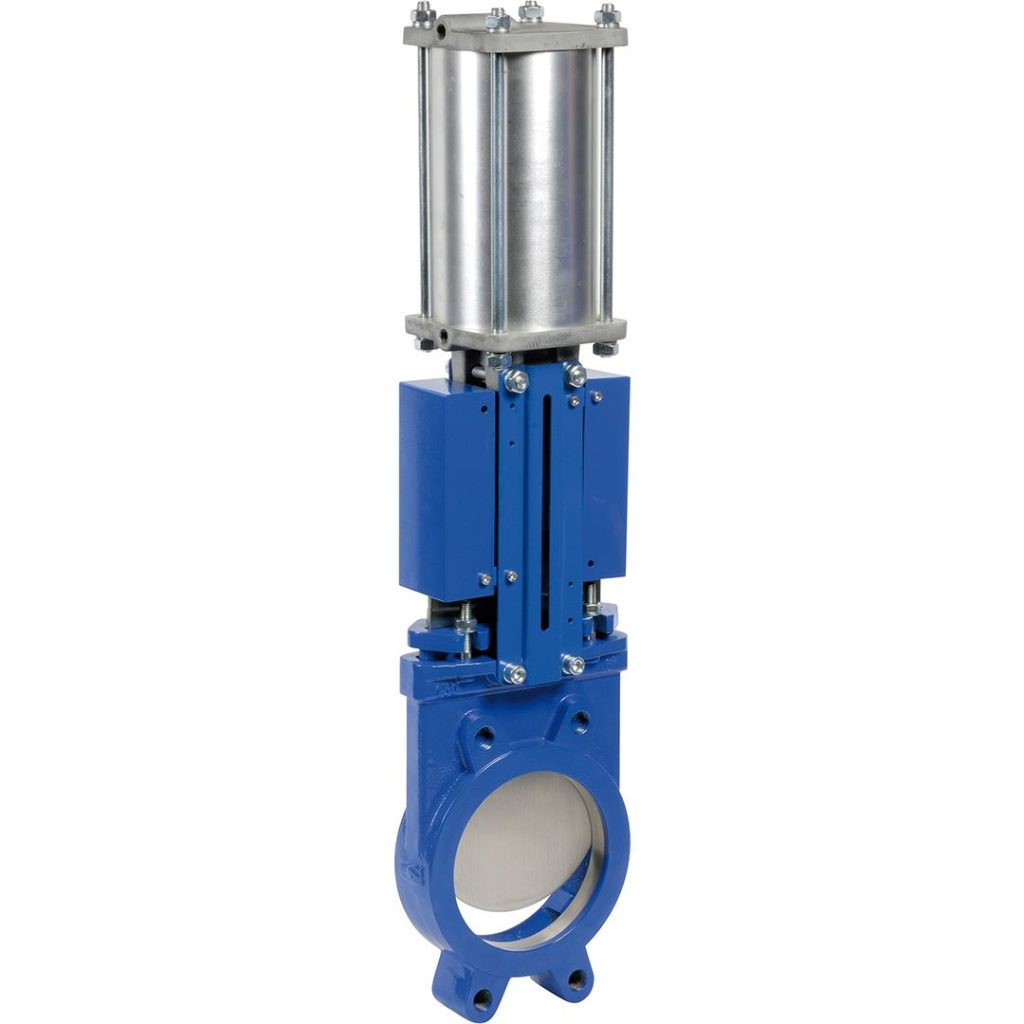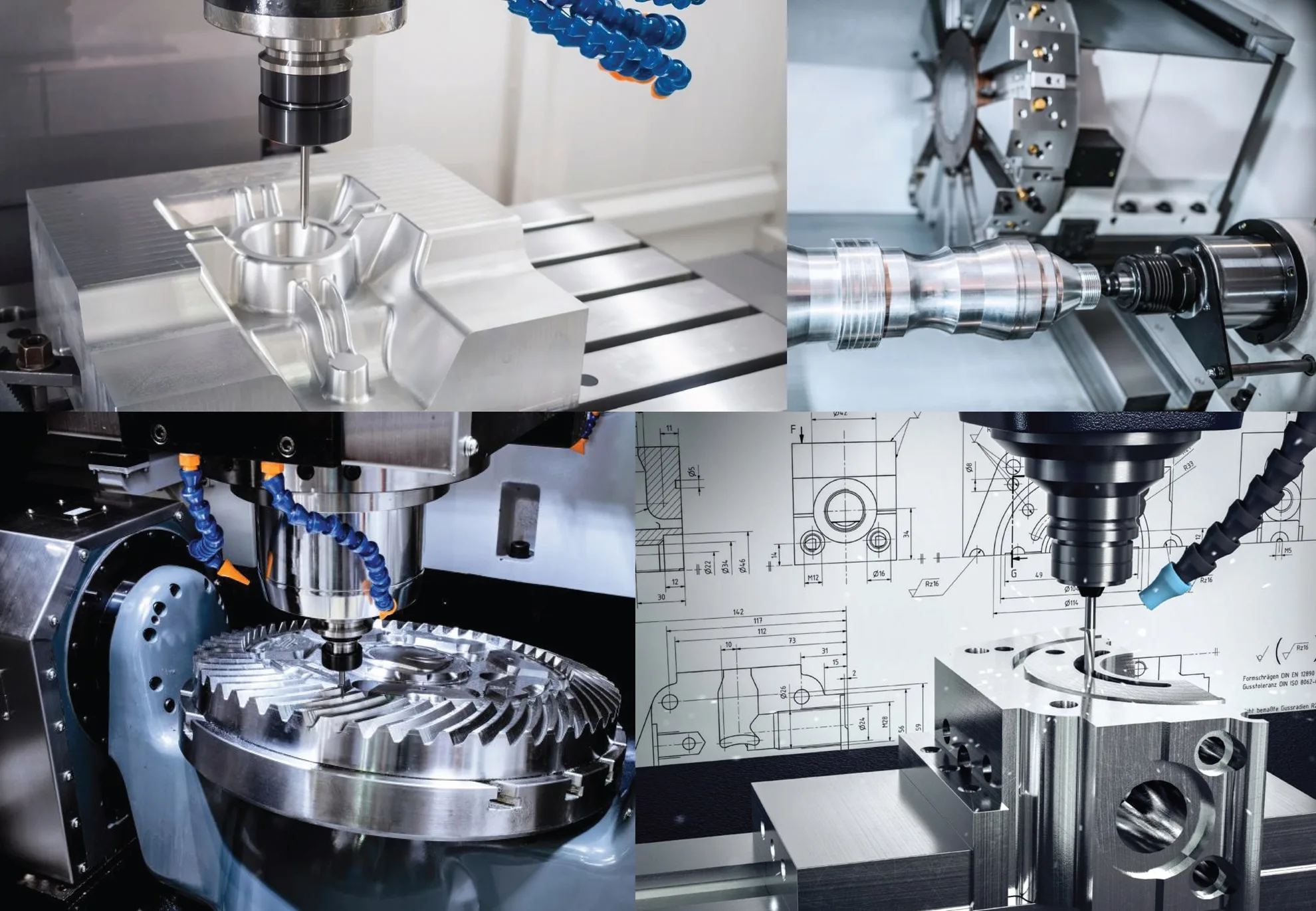Streamline Spend Management and Budgeting with Professional Outsourced CFO Services
Outsourced CFOs that are the best at integrating financial forecasting in your business, shifting decision-making away from the intuition of the mind and toward information. They make use of advanced models to simulate results improving your planning accuracy and strategic certainty.
They also use efficient spend management systems to simplify accounting processes, eliminating the need for manual processes, and decreasing time spent on budgeting as well as forecasting. Ask about their experience managing working capital cycles, analysis of the cash conversion cycle, and other benchmarks.
Financial guidance for strategic planning
It is possible to hire an external CFO when your company has seen rapid growth or has a complex financial strategy. The finance leader will provide crucial guidance in financial strategy, forecasting and budgeting. A CFO outsourced to an outside company can assist with the management of cash flow to make sure your business is able to fund future investment and expenses.
Unlike a bookkeeper or controller who only inform you what has happened the CFO is able to predict what will happen in the future and give you ideas about how you can make your business better. This insight is invaluable in planning for big investment or events, such as capital raises or acquisitions. They could also function as a sounding board for the founder or CEO providing advice on the broader financial landscape, market positioning and team dynamics.
A CFO outsourced to an outside company is a great method of saving money while gaining top-tier leadership in the area of finance. They provide a wide range of services such as budgeting and forecasting accounting, budgeting, and financial reporting. They also offer strategic modeling and consulting services. They are also able to help enhance the quality of your financial statements and reports. Their services are scalable and flexible, which allows you to engage them as part-time or on a project basis.
Fractional CFO
The fractional CFO service is the ideal solution for companies in growth who need financial advice but do not yet require full-time staff. They can assist businesses in developing and implement strategies for managing cash flow which are in line with their long-term goals, as well as provide advice regarding the best financing options. They also aid with budgeting and forecasting.

A CFO can offer strategic financial guidance and help your business grow. Finding the right payroll consultant service requires research and due diligence. It is best to choose the service provider with a good track record. Examine their fees and costs to ensure they are reasonable. Also, ensure that the provider has flexible contracts to accommodate the fluctuating financial requirements of your business.
Additionally an accountant who is a fractional one can also help to identify and eliminate unnecessary costs. This could include looking over your contracts with vendors and identifying ways to obtain volume discounts or better pricing. Also, they look for ways to consolidate the tasks that aren’t profitable or redundant or outsource them. By doing this they will reduce your company’s expenses and improve the overall performance of your business.
Additionally, a fractional CFO can assist you to build the right team to oversee your finances. This might involve hiring an accountant, bookkeeper, or controller who will handle the analysis of data and report-writing tasks. When you select the right personnel, you can focus more on strategic projects.
CFO outsourcing benefits
A CFO can provide strategic financial guidance and help your business grow. Finding one that’s suitable for your needs requires investigation and diligence. It is best to choose the service provider with a good track record. Examine their fees and costs to ensure they are reasonable. Lastly, ensure that the company offers flexible contracts in order to accommodate your evolving financial requirements.
Manufacturing companies, for example, may be struggling with the cost of inventory and delays in the supply chain. A CFO who is outsourced can utilize their expertise in the industry to improve inventory models and negotiate supplier terms, leading to significant cost savings. They can also help you create efficient accounts receivable processes and identify other financing options. This will boost the flow of cash and reduce outstanding receivables.
A CFO can also help in the development of short-term strategies that tackle immediate issues and establish the basis to sustainably grow. A CFO may suggest cutting-cost measures that are effective and not detrimental to the objectives of your company. This is because outsourcing CFOs are independent of internal politics, and their suggestions are based on analysis of data and experience.
A CFO can also assist you set the minimum threshold for cash and alert triggers that monitor the performance of key indicators and help you manage working capital. They can also enhance the management of cash flow through the implementation of vendor payment prioritization which classifies vendors according to importance to your operations and allows you to leverage bulk discounts. They are also able to evaluate plans for investments and suggest deferrals to protect cash reserves when economic uncertainty is evident.
Financial forecasting and budgeting
It is essential to have a financial specialist who knows how to accomplish tasks swiftly and efficiently. This isn’t just about the bookkeeper or controller; you require someone who can handle the complexity of your company.
A CFO outsourced can assist you in setting realistic financial goals to plan growth, and manage the flow of cash. They can also provide insight on maximising profits, as well as advise on the most strategic contracts such as leases and vendor partnerships. They can also assist in the selection of systems and the design of them to ensure that your new platform is compatible with the sales and operations software you use.
When it comes to budgeting and financial forecasting you require a knowledgeable expert who can read the tea leaves of your industry and financing market. They can help you create projections using revenue reports, sales figures, and other data. They can manage your budgeting and offer insight into how your results could be different from what you anticipated.
Outsourced CFO services are a great option for businesses growing and don’t have the resources to employ a full-time finance manager. A good outsourced CFO can enhance your management style and help you make sharper choices to grow smartly. Contact us today to arrange no-cost consultation if need help in your cash flow strategy or wish to enhance your financial plan.
TikTok Video Downloading Made Easy—No Signup, No Watermark, No Delay
Watching TikTok videos is fun, but saving them should be just as simple. Whether it is a dance clip, tutorial, or inspiring moment, downloading TikTok videos should not come with extra steps, watermarks, or delays. You should not need to create an account, log in, or install anything. The goal is to save what you love quickly and clearly with no distractions or branding stamped across your screen. Here’s how to download TikTok videos easily, without any signup, watermark, or waiting time.
Direct, Hassle-Free Access
You do not need to sign up or log in to download TikTok videos. That means:
- No personal info shared
- No email verification
- No account creation steps
Just grab the video link and you are ready to go. This saves time and ensures your privacy stays intact.
No Watermarks, Full Clarity
Watermarks can ruin the look of a great video. Thankfully, there are easy ways to download content that keep the original quality. When you skip watermarks, you get TikTok videos in HD:
- Clean visuals without logos or text overlays
- Better presentation for reposting, editing, or archiving
- Professional quality if you are using it for personal projects
Instant Download—No Delays
Waiting for downloads or dealing with buffering kills the experience. With the right process, you can:
- Download instantly without loading screens
- Save multiple videos quickly
- Watch offline without interruptions
This is perfect for travelers, students, or anyone without constant data access.
How to Do It
Follow these steps to download TikTok videos smoothly:
- Open TikTok and copy the video link you want to save
- Paste the link into a trusted online tool no install needed
- Choose your format – most options offer MP4 or HD
- Click to download – your video saves directly to your device
That is all. No signup. No watermark. No delay.
Key Benefits at a Glance
- No login or signup needed
- No software or app install required
- No watermark on downloaded videos
- Quick and easy access
- Watch offline anytime
- Maintain original quality
Things to Keep in Mind
- Make sure you have enough storage space on your device for the videos you want to save.
- Respect creators’ rights use downloaded videos for personal use and avoid reposting without permission.
- Some videos may have restrictions or privacy settings that prevent downloading.
- Regularly update your saver tool to ensure smooth functionality.
Quick Summary of What to Look For
If you are searching for a TikTok downloader that fits your needs, keep these points in mind:
- Speed: Fast processing and quick download times.
- Reliability: Stable service without frequent errors or downtime.
- Free to Use: No hidden fees or subscription requirements.
- Ease of Use: Simple interface that anyone can navigate.
- Quality: Downloads that maintain original video quality.
- No Watermark Option: Clean videos without TikTok branding.
- Device Compatibility: Works on all devices and operating systems.
Downloading TikTok videos should be as smooth as watching them. By skipping signups, avoiding watermarks, and removing delays, you get exactly what you want instantly and clearly. Whether you are saving content for fun, learning, or sharing, there is no reason it should be complicated.
Impact of Knife Gate Valves on Streamlining Industrial Process Control and Efficiency
Industrial processes often involve the handling of thick, viscous, or slurry-type fluids, which require reliable and efficient flow control solutions. Knife gate valves are specially designed to handle these challenging materials, offering unique advantages that improve process control and overall efficiency. Their ability to cut through solids and provide tight sealing makes them a preferred choice across many industries such as mining, wastewater, pulp and paper, and chemical processing. By integrating knife gate valves into systems, industries can reduce downtime, minimize maintenance, and optimize fluid control, all of which contribute to smoother and more cost-effective operations.
The Benefits of Knife Gate Valves in Industrial Processes
- Efficient Handling of Solids and Slurries: Knife gate valves are equipped with a sharp-edged gate that can easily slice through solid particles suspended in the fluid. This feature ensures minimal clogging and smooth flow, which is critical for maintaining consistent process control.
- Tight Shut-off Capability: The knife gate valve offers a reliable seal when closed, preventing leakage and ensuring the integrity of the process system. Tight shut-off reduces the risk of contamination and loss of materials, which helps maintain product quality.
- Low Pressure Drop: Knife gate valves create minimal resistance to flow when fully open. This characteristic reduces energy consumption for pumping fluids and improves overall system efficiency.
- Simple and Robust Design: Their straightforward design makes them easier to maintain and repair. Fewer moving parts mean reduced wear and longer service life, lowering operational costs and downtime.
Enhancing Process Control with Knife Gate Valves

Vincer Valve improves process control by providing precise regulation of fluid flow in challenging environments. Their quick operation allows fast response to process changes, which is crucial for maintaining desired output quality and safety standards. Additionally, their ability to operate effectively under abrasive and corrosive conditions ensures continuous performance without frequent interruptions.
- Mining Industry: For handling thick slurries and abrasive materials, knife gate valves help maintain steady flow rates and protect equipment from damage.
- Wastewater Treatment: They control sludge flow and prevent blockages, ensuring smooth treatment processes and reducing maintenance efforts.
- Pulp and Paper: Knife gate valves manage the flow of pulp and paper stock efficiently, maintaining consistent product quality.
- Chemical Processing: Their corrosion-resistant designs handle aggressive chemicals, safeguarding the system while maintaining process stability.
The Advantages of Knife Gate Valves
- Efficient cutting through solids and slurries
- Reliable tight sealing for leak prevention
- Low resistance flow for energy savings
- Easy maintenance and long service life
- Quick operation for improved process responsiveness
- Versatility across various industrial sectors
Knife gate valves play a critical role in streamlining industrial process control and enhancing operational efficiency. Their unique ability to handle challenging fluids with solids, combined with strong sealing and simple maintenance, reduces downtime and operational costs. By adopting knife gate valves, industries can achieve smoother process flows, better product quality, and improved energy efficiency, making them a valuable component in modern industrial systems.
Window Film as a Key Factor in Enhancing Home Security and Impact Resistance
Home security is a priority for many homeowners, and window film offers a practical solution to enhance safety. This thin, transparent layer applied to windows provides extra strength and durability, helping to protect homes from break-ins, accidents, and severe weather. By reinforcing glass, window film reduces the risk of injury from shattered glass and makes it much harder for intruders to gain access. Beyond just safety, it also offers peace of mind and adds value to your property.
Window Film Enhances Home Security
Window film acts as a protective shield for glass surfaces, holding broken pieces together if the window is shattered. This feature is crucial in preventing easy access during break-in attempts. Unlike regular glass that can break into dangerous shards, film-coated windows stay intact longer, giving homeowners more time to react or alert authorities.
- Strengthens glass against forced entry: Flexippf window film reinforces the glass, making it more resistant to impacts and harder to break.
- Delays intruders: The added toughness creates a significant barrier, discouraging quick break-ins.
- Improves safety during accidents: Prevents glass shards from scattering, reducing injury risk.
- Maintains window integrity: Keeps broken glass pieces adhered to the film, preventing easy removal.
Impact Resistance Benefits
Windows are vulnerable during extreme weather events such as storms or hurricanes. Window film increases impact resistance, helping windows withstand flying debris or strong winds.
- Protects against storm damage: Film helps windows resist cracking from debris.
- Reduces the risk of glass shattering: Keeps windows safer during high-impact events.
- Enhances structural integrity: Helps hold windows in place, preventing full collapse.

The Perks of Window Film for Security
Beyond physical protection, window film offers other benefits that contribute to overall home security.
- UV protection: Blocks harmful ultraviolet rays, protecting interior furnishings from fading.
- Privacy: Certain types of window film can reduce visibility into the home without blocking natural light.
- Cost-effective: A relatively low-cost upgrade compared to replacing glass with specialized security windows.
- Easy installation: Can be applied without major modifications to existing windows.
- An affordable and simple way to boost home safety.
Final Thoughts
Using window film as part of your home security strategy can provide significant protection for your family and property. It enhances window strength, delays potential intruders, and improves impact resistance during adverse weather. These benefits combine to create safer living environments without sacrificing natural light or aesthetic appeal. For homeowners looking to add an extra layer of defense, window film is a smart, efficient, and cost-effective choice.
- Window film reinforces glass, making it harder to break.
- Helps prevent injuries by keeping shattered glass in place.
- Provides strong resistance against storm impacts and debris.
- Offers privacy and UV protection alongside security benefits.
Builders Delivering Style, Strength, and Practicality With Every Foundation They Set
A well-built home is more than just walls and a roof. It is a space where style meets structure, and every detail is designed for practical living. Builders who understand the importance of combining beauty, durability, and functionality deliver homes that stand the test of time. Their focus goes beyond basic construction they create strong foundations that support both the physical structure and the lifestyle of the people living inside. When builders commit to blending these three essential elements, the result is a home that looks great, lasts long, and truly works for everyday living.
The Right Balance: Style, Strength, and Practicality
A successful home build comes from balance. Homeowners want their spaces to be attractive, solid, and useful. Builders who understand this balance start by listening carefully to what their clients need. They focus on long-term value without sacrificing aesthetics or function.
Here’s how top builders approach every project:
Stylish Designs That Reflect Your Taste
Great builders stay up to date with modern designs and materials. They know how to customize the look of a home to reflect the owner’s personality while still ensuring it fits into the surrounding environment. Whether it is through clean lines, warm finishes, or smart layouts, style is never overlooked.
Structural Strength That Lasts for Generations
A good-looking home means little without a strong foundation. The home builders ottawa committed to strength use high-quality materials and proven techniques. They also plan carefully to avoid future issues, so the home remains safe and sound through the years.

Practical Features That Support Real Life
Practicality matters in everyday living. Builders who think ahead add smart storage, functional layouts, and energy-efficient systems. These details might seem small, but they make a huge difference in comfort and convenience.
Building With Purpose
The most trusted builders do not just follow trends they plan with intention. Every decision is made to serve a purpose, whether it is to improve durability, boost visual appeal, or enhance daily function.
Some ways they bring this into every project include:
- Working closely with clients during the planning phase
- Offering realistic timelines and clear pricing
- Focusing on quality over quantity
- Using materials that match both aesthetic and performance needs
- Making room for future improvements or adjustments
Clear Communication From Start to Finish
Home building is a team effort. Builders who care about their work keep their clients informed at every step. They explain choices clearly, offer honest updates, and adjust when needed. This reduces stress and helps ensure the end result meets expectations.
Results That Speak for Themselves
When builders deliver on all three fronts style, strength, and practicality the homes they build become lasting investments. These homes offer more than shelter; they provide comfort, confidence, and long-term satisfaction.
Key Takeaways:
- Stylish design makes a home unique and inviting
- Structural strength ensures safety and long-term value
- Practical features improve daily living
- Honest communication keeps the project smooth
- Purposeful planning leads to better results
Choosing the right builder means choosing someone who values every layer of a home from its foundation to its finishing touches. With the right team, you do not have to choose between form and function. You get it all, built to last.
Optimized CNC Turning Processes Maximize Output and Material Efficiency
Computer Numerical Control CNC turning has revolutionized modern manufacturing by enabling high-precision machining with remarkable speed. Optimizing CNC turning processes not only maximizes output but also significantly improves material efficiency reducing costs and minimizing waste.
Why CNC Turning Optimization Matters
To stay competitive in today’s market, manufacturers must produce high-quality parts faster, with minimal material loss. Optimized Uneed CNC turning processes achieve this by streamlining tool paths, enhancing cutting strategies, and selecting optimal parameters.
Key benefits of optimized CNC turning:
- Increased productivity: Faster cycle times mean higher part throughput.
- Material savings: Efficient cutting strategies reduce scrap and waste.
- Better precision: Reduced tool deflection and vibration improve dimensional accuracy.
- Lower energy costs: Efficient processes minimize unnecessary spindle and feed movements.
Strategies to Optimize CNC Turning
To fully realize these benefits, manufacturers can implement several proven strategies:

- Advanced Toolpath Programming
- Use high-speed machining HSM strategies for smoother, continuous tool movements.
- Minimize rapid traverses and non-cutting time by optimizing tool approach and retraction.
- Reduce tool wear by applying constant chip load techniques.
- Material-Specific Cutting Parameters
- Select cutting speeds and feeds based on material properties to extend tool life.
- Balance depth of cut and feed rate for optimal material removal without overloading the spindle.
- Use proper coolant flow and type to improve surface finish and temperature control.
- Intelligent Tooling Choices
- Utilize carbide inserts and advanced coatings for longer tool life on tough materials.
- Opt for modular tooling systems to reduce changeover times and maintain consistent performance.
- Implement tool life monitoring systems to avoid unexpected tool failures.
- Process Automation and Monitoring
- Integrate in-process measurement systems to correct deviations in real time.
- Use CNC controllers with adaptive control technology to adjust parameters automatically.
- Employ software that analyzes machine utilization for continuous process improvement.
Positive Impact on Production
Optimized CNC turning leads to:
- Higher yields with less material waste.
- Improved product consistency across large production runs.
- Reduced downtime from fewer tool changes and less manual intervention.
- Enhanced profitability by lowering per-part manufacturing costs.
Conclusion
By focusing on toolpath efficiency, material-specific parameters, smart tooling, and automation, manufacturers can significantly enhance their CNC turning operations. The result is a powerful combination of increased output and superior material efficiency, essential for meeting modern production demands.
